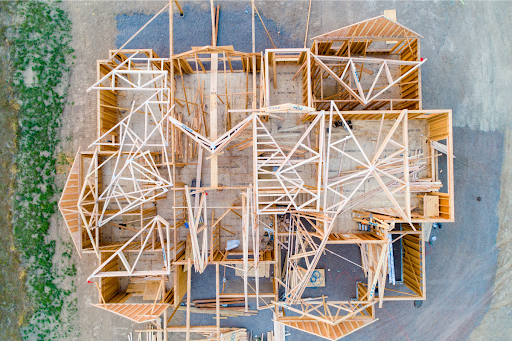Table of Contents
- Re-roofing vs. Roof Replacement in Ottawa, what is right for me?
- What Does Re-Roofing Involve?
- What is Involved in a Roof Replacement?
- How to Decide Between Re-Roofing and Fully Replacing the Roof
Re-roofing vs. Roof Replacement in Ottawa, what is right for me?
The roof is one of the most expensive expenditures you will make in your house, but it also provides the highest return on investment when done correctly. According to estimates, a new roof recoups more than 80% of its initial cost when resold. Meanwhile, more than 30% of real estate brokers attributed their fast sales to roof repairs. So, if your roof has to be replaced, don’t put it off.
However, the major issue is whether you should re-roof or replace the whole roof when it comes to repairing the roof. Let’s look at both to see which is the best choice for you.
What Does Re-Roofing Involve?
Re-roofing is the fastest and least expensive method to restore the look of your roof.
During re-roofing, a new shingle overlay is installed over your old shingles to restore the appearance of your roof while also providing a protective covering to prevent leaks from entering your house.
If your roof has just one layer of shingles, you are a candidate for re-roofing. Otherwise, roofs with two layers of shingles are banned by building regulations from adding a third layer, necessitating a complete roof replacement.
The Pros of Re-Roofing
- Because re-roofing does not need a significant amount of time, labour, or materials, it is a less expensive way to fix your roof.
- Because re-roofing does not need replacing the whole roof, it is also the quickest method to repair your roof.
The Cons of Re-Roofing
- Many regions prohibit adding a third layer of shingles to a roof that already has two layers.
- Re-roofing may not last as long as replacing the roof entirely.
- Re-roofing is not advised if you have metal roofing.
Because you are not moving the old shingles, you have no way of knowing any damage beneath, such as decay or sagging, thus putting a new layer of shingles over the existing shingles would not solve any significant problems.
What is Involved in a Roof Replacement?
When your roof is completely rebuilt, the old shingles are removed, revealing the deck. The deck is covered with an underlayment or felt paper to protect it from water and other factors. The new shingles are then placed on the underlayment or felt paper to create a roof that will endure at least 20 years.
If the deck is badly damaged, it must be restored to avoid additional damage, leading to a hole below.
The Pros of Completely Replacing the Roof
- Completely rebuilding the roof outlasts re-roofing.
- It is possible regardless of how many layers of shingles are on the roof.
- Unlike re-roofing, which may cover any deck problems, such as decay, which may ultimately cause the roof to fail, a completely redesigned roof tackles all issues for a safer and sturdier roof.
- It saves money in the long run since it allows you to detect early indications of decay and sagging caused by water damage to the deck, which may ultimately allow water to seep and flow down inside the walls, damaging the drywall and flooring and necessitating expensive repairs.



